Manchester United’s Ruthless Overhaul: 20 Out in Two Summers, but the Deadwood Remains
The summer transfer windows at Manchester United have been nothing short of ruthless. Last summer saw 12 players depart the club in what was described as the beginning of a long-overdue reset. This summer, another 8 or 9 players are either already gone or on the verge of exits. In total, around 20 players will have been moved on in just two summers—a staggering number that underlines the scale of the rebuild underway at Old Trafford.
Yet, even after such a mass clearout, there is a common, almost depressing refrain among supporters: “There’s still deadwood left.”
It raises uncomfortable but necessary questions. How did Manchester United end up with such a bloated, underperforming squad? Why has it taken this long to begin addressing it? And crucially, why is the club resisting the temptation to simply throw money at the problem with another round of panic buys?
—
The Mismanagement Years
To understand the current situation, one must revisit the past decade. Since Sir Alex Ferguson’s retirement in 2013, United’s recruitment strategy has been scattergun at best and reckless at worst.
Big names, little planning: The club repeatedly signed star players for marketing impact rather than footballing need. Ángel Di María, Radamel Falcao, Alexis Sánchez—all were headline-grabbing arrivals that never fit a coherent system.
Managerial churn: From Moyes to Van Gaal, Mourinho to Solskjær, each manager brought a different philosophy and demanded a different type of player. The result? A Frankenstein squad of mismatched profiles.
Poor contract management: Players underperforming were handed lucrative extensions, making them hard to move on later. Deadwood wasn’t just tolerated; it was rewarded.
The consequence was predictable: a bloated squad lacking balance, depth, and identity.
—
The Clearout Begins
When INEOS and Sir Jim Ratcliffe assumed a level of sporting control, the message was clear—United could no longer operate like a vanity project. A reset was necessary.
Summer 2023: 12 players left, either through sales, loans, or free transfers. Some were high-profile names past their best, others fringe players who never truly established themselves.
Summer 2024: A further 8 or 9 exits are anticipated. Between sales and loans, the squad is being stripped down to a leaner core that can actually reflect the manager’s vision.
20 players gone in two summers is seismic. For context, most elite clubs rarely see more than 3–5 exits per window. United’s turnover resembles a factory reset more than gradual evolution.
—
The Pain of Patience
Supporters, however, are restless. Seeing only four new signings this summer feels underwhelming after such an exodus. Fans wanted a statement summer: big names, transformative figures, the kind of transfer splurge that sends rival clubs and pundits into meltdown.
Instead, the club has taken a cautious approach. They are resisting the urge to “just buy” and are instead focusing on profile, value, and long-term fit. For fans, this restraint feels irritating—especially when rivals like Manchester City, Arsenal, and Chelsea continue to splash money.
But as frustrating as it may seem, there is method behind the apparent inaction.
—
Breaking the Cycle
The truth is, United are trying to end the vicious cycle that has plagued them for years:
1. Overspend on the wrong players.
2. Watch them underperform.
3. Struggle to move them on due to high wages.
4. Repeat the mistake in the next window.
This cycle has been repeated so many times since 2013 that the squad became clogged with mediocrity. The current restraint signals a shift. INEOS and Amorim (alongside recruitment leads) want to ensure every signing fits the project, both on and off the pitch.
It’s not about quantity anymore. It’s about quality.
—
Deadwood Still Remains
Of course, no matter how aggressive the clearout has been, not every unwanted player can be moved on in two summers. Contracts, wages, and lack of interest from other clubs mean some remain on the books.
This explains why fans still feel frustrated. Seeing players who have underdelivered continue to pick up wages while the team struggles for reinforcements stings deeply. But patience, again, is key. Some of these contracts will expire next year, others may yet be shifted in January or next summer.
The important point is that the club is no longer adding to the deadwood pile.
—
The Case for Four Signings
Many fans ask: “Why only four signings? Surely we need more after losing 20 players?”
The answer lies in the logic of avoiding panic.
Bringing in 10 players in one window would not only destabilize the squad but also risk repeating past mistakes.
Integrating new signings takes time, and too many arrivals at once often leads to disjointed performances.
United’s finances, under FFP/PSR rules, also demand prudence.
Four carefully chosen signings may not feel glamorous, but if each improves the team, they are far more valuable than eight scattergun purchases.
—
The Fans’ Dilemma
Supporters are torn. On the one hand, they demand change, trophies, and competitiveness right now. On the other, many acknowledge that the past decade’s mistakes stemmed from chasing instant gratification.
This is the paradox: fans want long-term stability but also short-term results. They crave patience but also urgency. Reconciling these two demands is perhaps the hardest task facing INEOS.
—
A Long-Term Vision
There is a bigger picture at play here. United are not just clearing out players; they are restructuring the entire sporting department. For the first time in years, the club has a recruitment team aligned with the manager, sporting director, and ownership. This kind of joined-up thinking is how successful clubs like Bayern Munich and Manchester City operate.
If United stay disciplined, the rewards could be huge:
A squad built around a consistent philosophy.
Lower wage bills and fewer contractual headaches.
Space for academy talents like Kobbie Mainoo, Willy Kambwala, and Amad Diallo to flourish.
The club is moving away from impulse buys and toward sustainable team-building. It may not be glamorous, but it is necessary.
—
Conclusion
Losing 20 players across two summers is drastic by any standard. Yet Manchester United’s squad still feels like a work in progress, with remnants of the past decade’s poor recruitment still hanging around.
For supporters, it’s frustrating to see only four signings arrive this summer while rivals strengthen aggressively. But restraint may be the smartest move the club has made in years. Bringing in players “just for the sake of it” is exactly how United ended up here in the first place.
This approach is irritating. It’s disappointing. It requires patience in a sport where fans crave instant success. But perhaps it is also the only way forward.
United are not just clearing out a squad—they are clearing out a culture of poor planning and wasteful spending. If the process continues, the pain of patience today could be the foundation of success tomorrow.
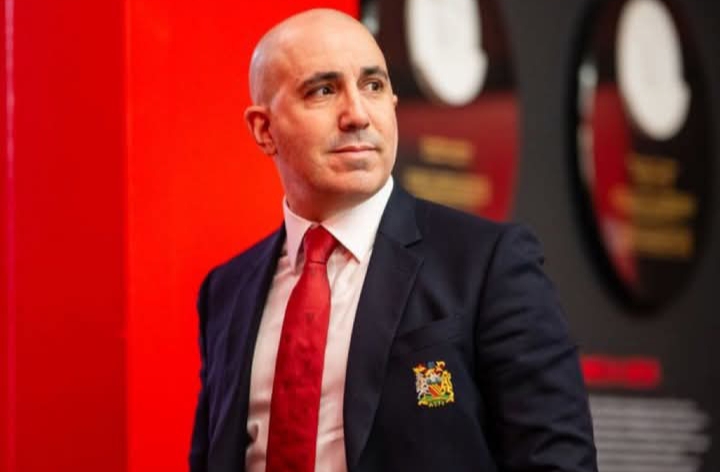
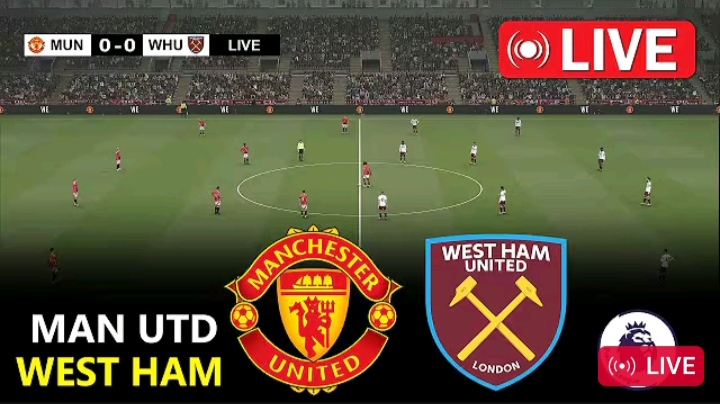
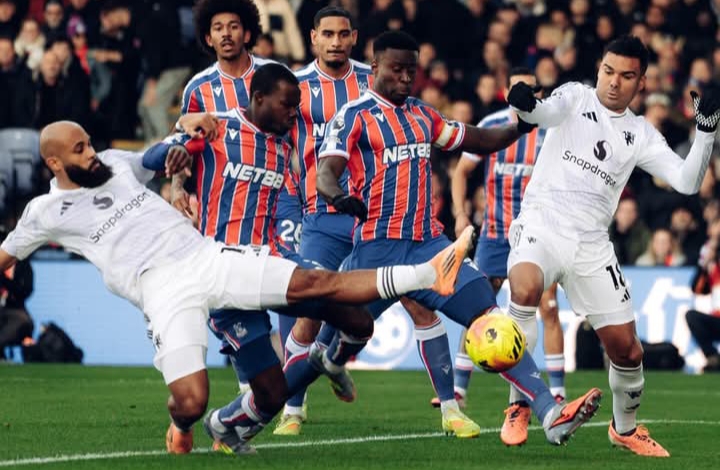
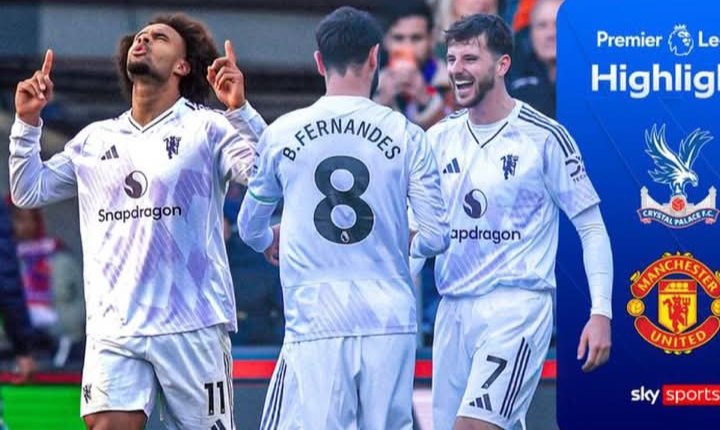
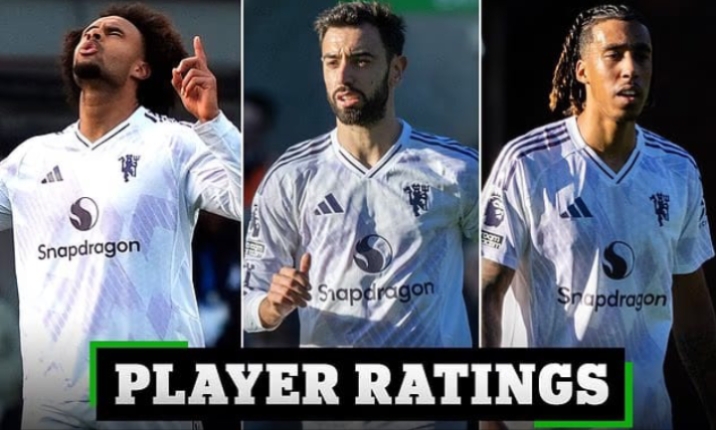
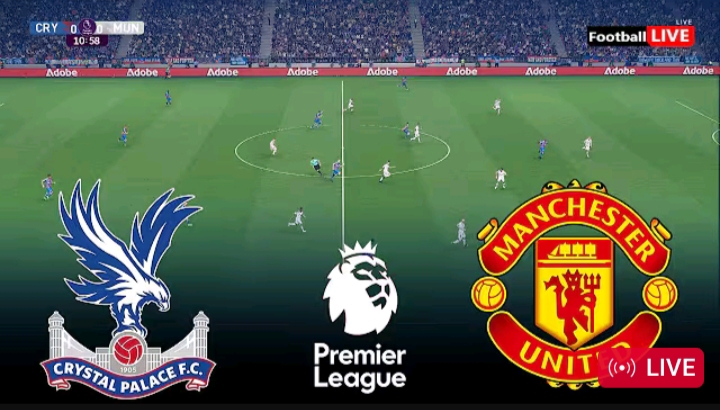
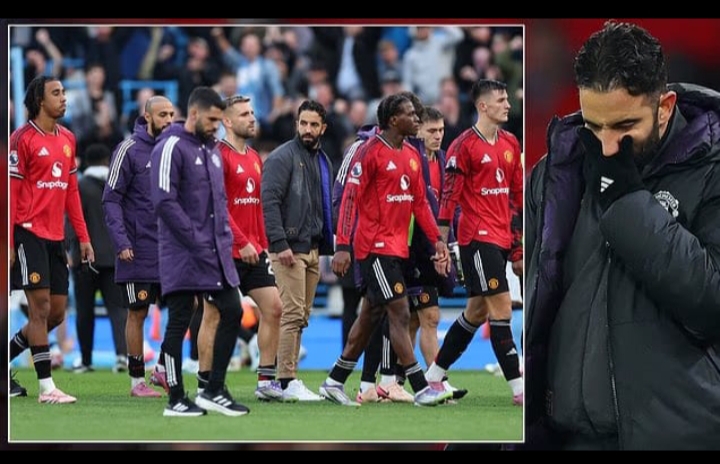
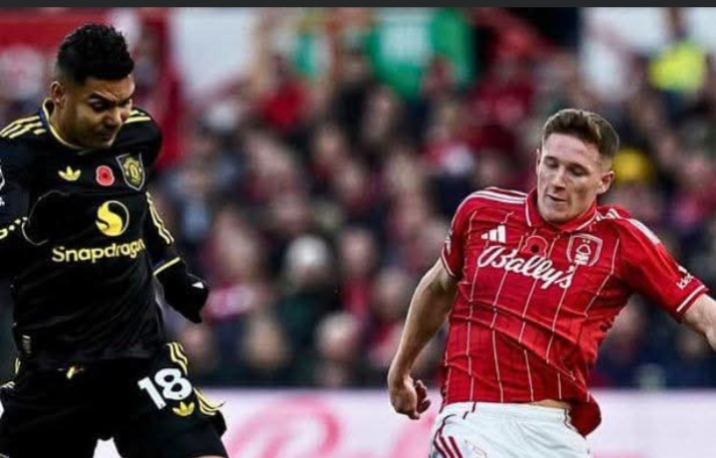
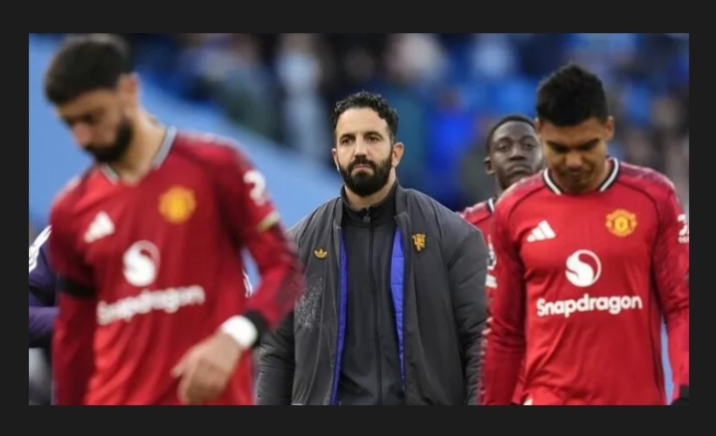
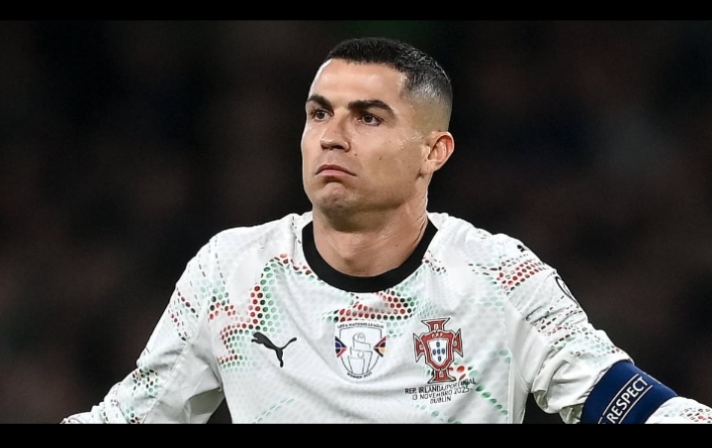

Leave a Reply